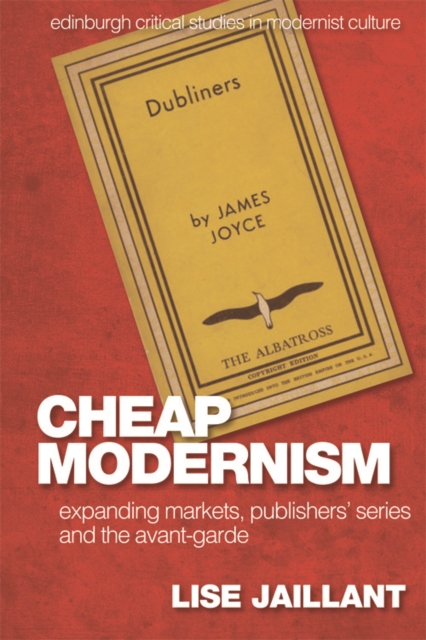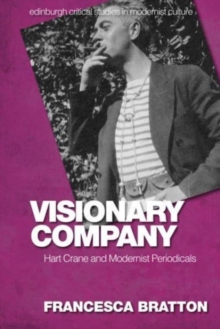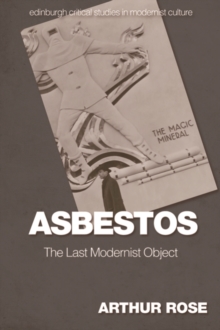
Cheap Modernism : Expanding Markets, Publishers' Series and the Avant-Garde EPUB
by Lise Jaillant
Part of the Edinburgh Critical Studies in Modernist Culture series
EPUB
Description
The first sustained account of cheap series of reprints that transformed literary modernism from a little-read movement into a mainstream phenomenon
We often think of Mrs Dalloway or A Portrait of the Artist as a Young Man as difficult books, originally published in small print runs for a handful of readers. But from the mid-1920s, these texts and others were available in cheap format across Europe. Uniform series of reprints such as the Travellers’ Library, the Phoenix Library, Tauchnitz and Albatross sold modernism to a wide audience – thus transforming a little-read "highbrow" movement into a popular phenomenon. The expansion of the readership for modernism was not only vertical (from "high" to "low") but also spatial – since publisher’s series were distributed within and outside metropolitan centres in Britain, continental Europe and elsewhere. Many non-English native speakers discovered texts by Joyce, Woolf and others in the original language – a fact that has rarely been mentioned in histories of modernism. Drawing on extensive work in neglected archives, Cheap Modernism will be of interest to all those who want to know how the new literature became a global commercial hit.
Key Features
- The first account of European reprint series that sold modernism to a wide, international public at the beginning of the twentieth century
- Draws on extensive work in neglected publishers’ archives
- Sheds new light on the relationship between publishers and major modernist writers (including Virginia Woolf, T. S. Eliot, James Joyce and Wyndham Lewis)
- Prompts a rethinking of modernist institutions, away from small presses and little magazines and towards large-scale publishing enterprises
Information
-
Download - Immediately Available
- Format:EPUB
- Pages:184 pages
- Publisher:Edinburgh University Press
- Publication Date:17/04/2017
- Category:
- ISBN:9781474417266
Other Formats
- Hardback from £73.25
Information
-
Download - Immediately Available
- Format:EPUB
- Pages:184 pages
- Publisher:Edinburgh University Press
- Publication Date:17/04/2017
- Category:
- ISBN:9781474417266










